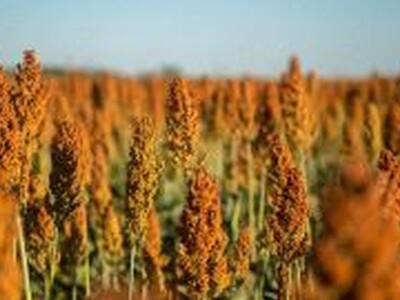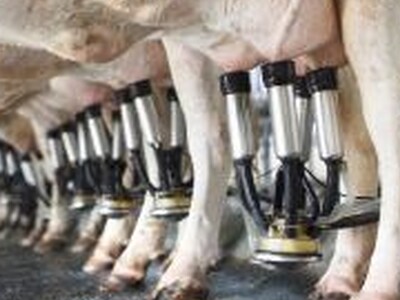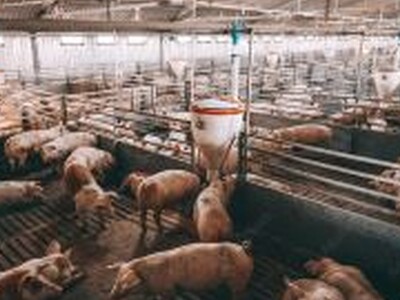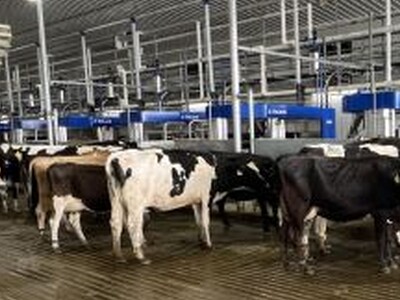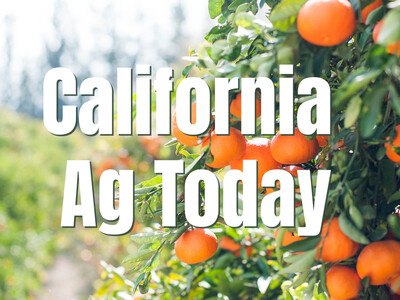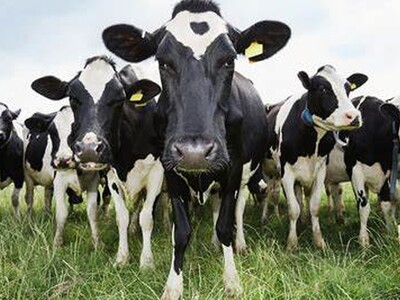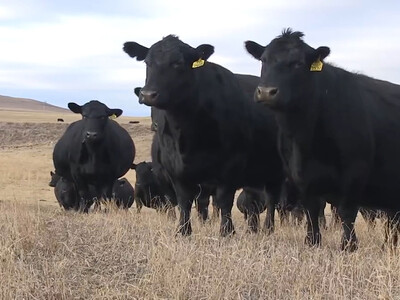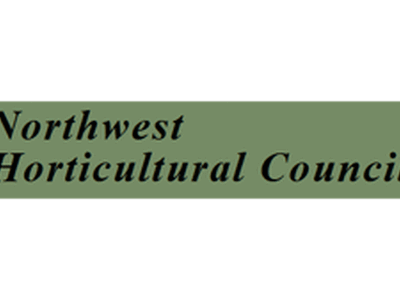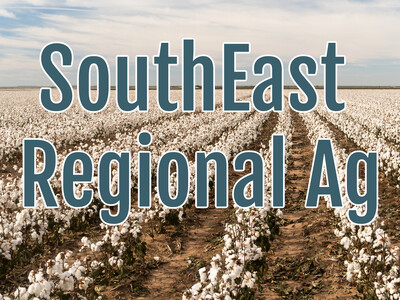Old Beans
Quoting directly from an article in the Idaho Statesman written by Maureen Gilmer, an author, horticulturist and landscape designer., "At an excavation site in Kentucky, beans found in old Indian dump site were dated to 1,000 years old. These were cut-short beans, one of the dominant types grown by farmers in the Southern Appalachians. These families descend from former supporters of King George III who found themselves on the wrong side after the Revolutionary War. They could either return to Britain or move west into the Appalachian region to start over where nobody knew their history. There they adopted the beans grown by local Native Americans, which became the genesis of strains still cultivated by these same families today.Beans are the primary subject of a garden book from Ohio University Press that is a blend of human culture and horticulture. "Saving Seeds, Preserving Taste" by Bill Best focuses on farmers in the hills and hollows of Appalachia who saved their own seed for centuries.What really caught my attention was the most important way contemporary beans differ from these older Appalachian strains grown in isolation at each remote family farm. Best explains that these varieties are so renowned for their flavor that frugal locals will pay significantly more for them at the farmers market. There's another difference too: The pods are much tenderer. Old timers know just when the pod quality of bean seed changed in the early 20th century. Agricultural science sought a tougher pod string bean so plants could be mechanically harvested. These Appalachian varieties are still so tender each must be carefully harvested by hand.
.
This book also features a unique way they grew these beans in the old days. Inspired by Native American Three Sisters combination planting of corn, beans and squash, these colonial farmers grew the beans in cornfields. Bean plants are legumes able to fix atmospheric nitrogen into the soil, thereby fertilizing the corn all season long as their roots shared the same ground. The corn they cultivated were strains for livestock fodder or grinding into cornmeal, a staple of their regional cornbread cuisine. This corn produced much stronger stalks than modern strains, again because breeders weakened them to better suit mechanized harvesters.
Maureen Gilmer is an author, horticulturist and landscape designer. Learn more at www.MoPlants.com. Contact her at mogilmer@yahoo.com or P.O. Box 891, Morongo Valley, CA 92256.




